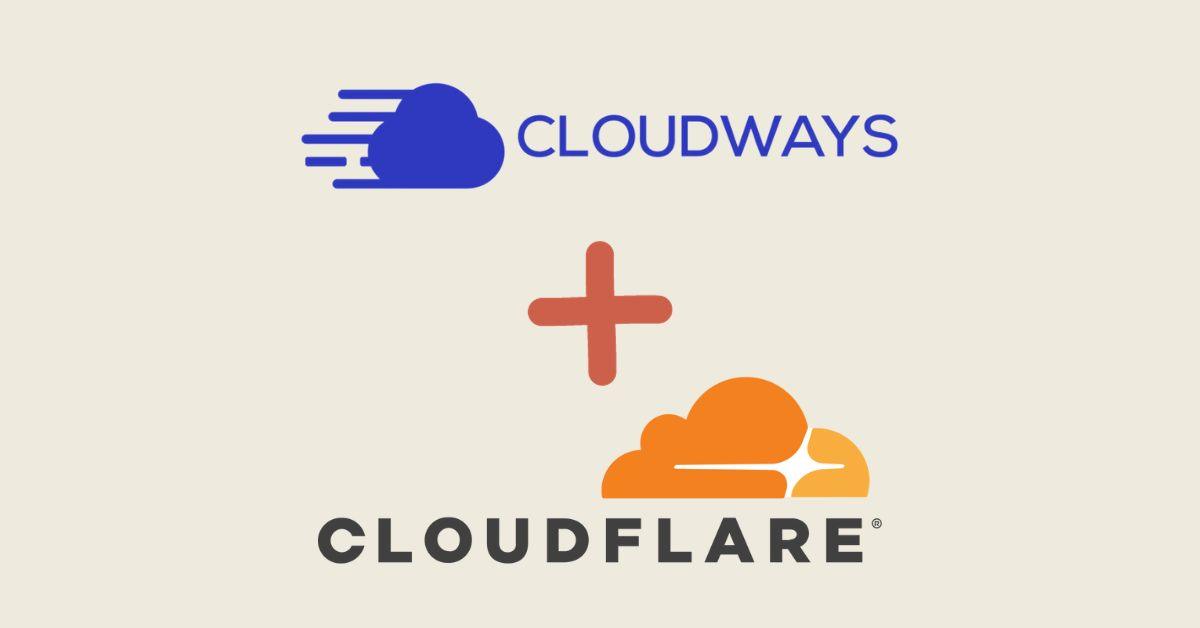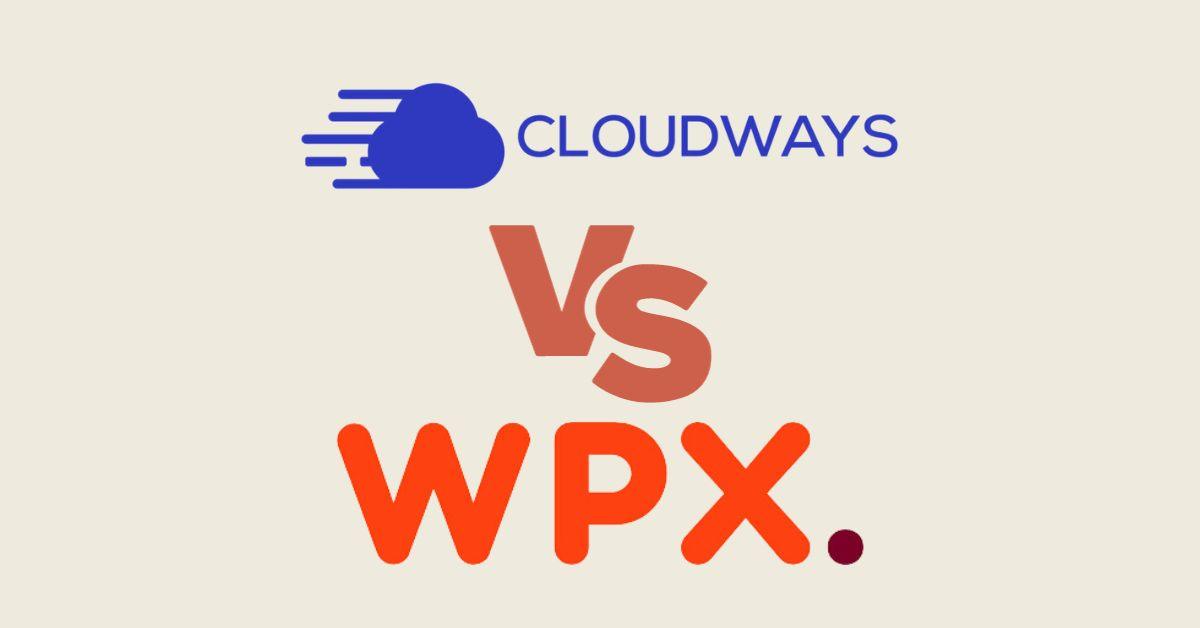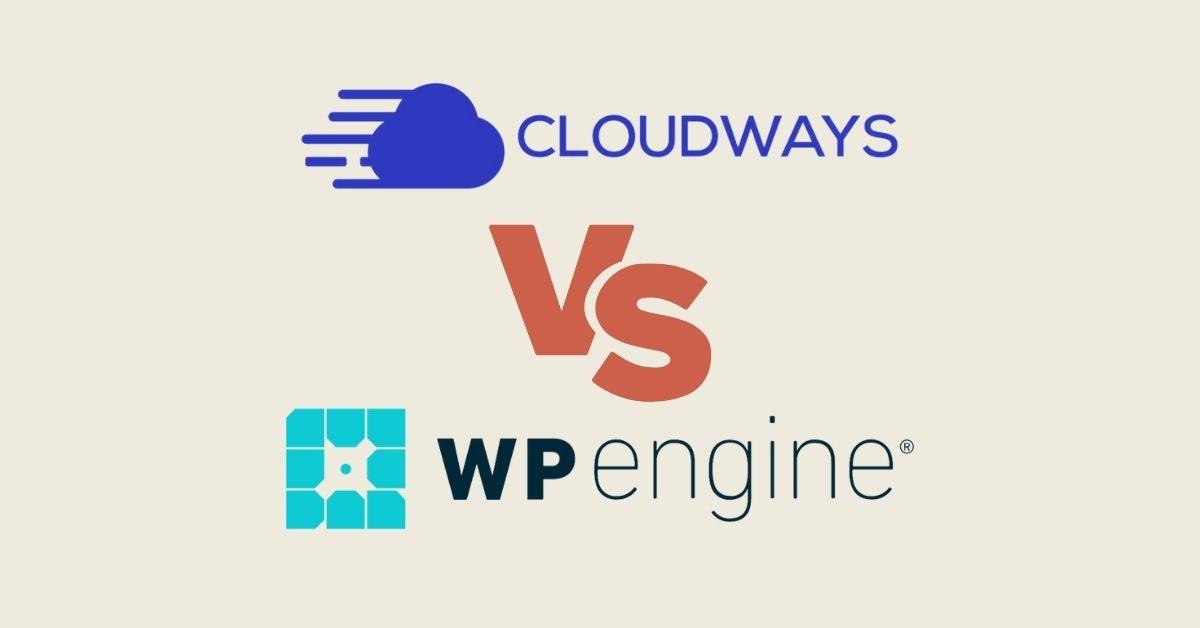7 Top Event Marketing Strategies on Facebook

Today, I want to share with you seven-event marketing strategies on Facebook, increasing the attendance of your live event whether it’s an online live event such as a webinar or a live event such as a seminar.
There are a few ways you can use social media to promote your live event either through paid advertising, organically leveraging the different marketing features on Facebook.
#1 Update your Facebook page banner
The first of our event marketing strategies on Facebook is to update your Facebook page banner. Since Facebook now allows you to have a video banner instead of a static image cover, it is important to leverage this feature to help promote your event.
When creating your video, make sure you follow the size recommendation. Ideally, your cover video should be 820×462 pixels. In terms of length, it should be from 20 seconds to 90 seconds long.
If people view your video from a mobile device though the size of the video won’t show so make sure important elements such as text overlay are closer to the middle of the video so it’s not cut off when watched from a mobile device.
The video should include all the important information about your event such as the time, location, the date, the benefits of attending, who will be presenting, and who the event is for.
Make sure you also add a call to action asking people to register for the event. You can also redirect the call-to-action tab below the banner to the registration page.
#2 Publish posts about your event on a regular basis
The second of our event marketing strategies on Facebook to promote your live event is to publish posts about your event on a regular basis. Your post should not just be about promoting the event, but also build momentum about the event. If a new speaker has been confirmed and announced it and share information about the speaker and what makes them special.
Other posts that can help build momentum is sharing behind-the-scenes pictures of videos leading up to the events. For example, if it’s a live event you can record the event space being prepared and share it as a post.
Other posts you can publish can be short videos giving insights on what will be shared either from you, the organizer, or from the speakers. If your event includes guest speakers, make sure that any post you publish also includes a call to action redirecting people to register.
#3 Leveraging influencers
The third of our event marketing strategies on Facebook to promote your live event is leveraging influencers. Influencers are people in your industry who have large and engaged audiences as well as authority and credibility.
This means you can ask an influencer to market your event. You can either pay influences a flat fee or commissions or negotiate something else to make it a win-win situation for both you and the influencer.
In order to identify online influencers, you can start by performing a simple google search, for instance, if you want to find influencers in the makeup industry look for makeup tutorial bloggers.
Once on the blog make sure it is being updated regularly and that the content is aligned with the values of your brand. If the blog is being updated regularly that means it’s still active. If so explore the person’s social media accounts such as Facebook, Twitter, and YouTube.
Their audience video views and engagement rate must be much higher than the average audience size of social media users in your industry. You could consider partnering with them to promote your event.
https://socialtipster.co/how-to-get-10000-auto-followers-on-facebook-in-2019/
#4 Use live videos
The fourth of our event marketing strategies on Facebook to promote your live event is to use live videos. One of Facebooks’ advantages is Facebook’s live streaming video functionality. Facebook users can find your live videos in the newsfeed if they are your friends or follow you or can find your live videos broadcast from your business page.
If they are fans of your page Facebook, line is a good tool to use because Facebook prioritizes live videos in other words Facebook will show your live broadcasts in the newsfeed of more people and they will show your standard posts.
Make sure that your live video includes all the important information about your event such as the time, location, the date, the benefits of attending, who will be presenting, and who the event is for. Make sure you also add a call to action asking people to register to the event.
#5 Use Facebook stories
The fifth of our event marketing strategies on Facebook to promote your live event is to use Facebook stories. A Facebook story is a new visual way to publish a post on Facebook and is very similar to Instagram stories. A Facebook story can be a series of photos ,videos or animations and once posted they disappear after 24 hours.
Since they disappear after 24 hours, you can use them to promote your events without cluttering your Facebook profile. Your Facebook page with promotional posts plus Facebook stories can be much more engaging than standard posts because they’re visual and you can add different types of effects and filters which makes your content much more interesting to viewers.
When creating your story make sure it includes all the important information about your event such as the time, the location, the date, the benefits of attending who will be presenting and who the event is for and make sure you also add a call to action asking people to register to the event.
Once you are ready to publish a story follow these steps:
Through the Facebook app on your phone, you can directly post Stories by:
- Going to your brand’s page
- Scroll down to where you see ‘Your Page’s Story’ or ‘Publish’
- Click ‘Create a Story’. (If you do not see this option on your page yet, you might have to download Facebook’s Page Manager app instead)
- Create your Story by taking photos or video, or upload photos and video from your Camera Roll
- You can add filters and text
- Once you’re done, at the bottom of your screen, click the ‘Next’ button
- You will be prompted to add it as a Story, or as a post to your page
- Select “Your Page’s Story” and click the arrow button at the bottom
#6 Use Facebook Ads
The sixth of our event marketing strategies on Facebook to promote your live event is to use Facebook Ads. When you choose this option, you’ll have to decide which campaign objective to select among the 11 different campaign objectives available.
The most common ones you select when promoting an event is a conversion campaign objective as it will allow you to see exactly how many registrants you’ve gotten as a result of your ads.
Make sure you install the Facebook pixel on both your event registration page and on the Thank You page in order to track your conversions.
Steps to set your Ads Campaign
Step 1: Select Your Campaign Objective
Now, on Facebook, you can choose from a handful of campaign objectives that match your advertising goals. For example, if you are looking to drive traffic to a physical location you would use “Local Awareness”. If you’re driving traffic to a website, you want to use “Conversions”.
Here’s the complete list of Facebook campaign objectives available:
- Brand awareness
- Local awareness
- Reach
- Traffic
- Engagement
- App installs
- Video views
- Lead generation
- Conversions
- Product catalog sales
- Store traffic
- Messages
How to choose your campaign objective?
Choosing your objective is important, as Facebook uses this to determine other elements of your campaign such as available ad formats, bidding options, and the way it optimizes the campaign.
You should always select the objective that best reflects your desired outcome for the campaign. If you are promoting a website, you will most likely be running a conversions campaign. That’s the campaign type we will create today.
If your campaign’s end goal is to for example submit information to you via a lead form, then you should select the lead generation objective instead.
So, we’re creating our conversions campaign.
Step 2: Give Your Ad Campaign a Name
After we have decided our campaign type, let’s give our campaign a name. This may seem like a fairly simple step, but it is actually very important to adopt useful naming conventions for your campaigns when you start with Facebook advertising so you can easily organize your campaigns as you scale and run more of them. It also sets you up for hyper-efficient reporting later on when it comes time to analyze your results.
For example, you should always include the date range the campaign will be running in your campaign name. Depending on whether you are advertising for your own business or for clients, you can add more elements in your campaign name:
- Client name/ website
- Target Audience/ Location
- Custom Audiences
- Creative Type ( Video? Carousel?)
- Facebook Page, etc
Hopefully this gives you some good ideas to keep your campaigns organized and simplify reporting later on with custom campaign names. After you select your objective, you can also choose to create a split test on the campaign or optimize your budget.

Lets move on and set up our audience!
Step 3: Set Up the Audience Targeting
Facebook offers a lot of powerful ways to target audiences.The next step is where you will create your adsets, or audiences.
You should recall your main ads manager screen has a campaigns tab, adsets tab and an ads tab.
The ads and adsets are contained within your campaign, with the ads containing a specific combination of creative and an adset containing a specific audience and budget.
In this phase of your campaign setup, you have two options:
- Create a new Facebook target audience
- Use a Saved Audience
Custom or lookalike audiences are another extremely powerful targeting option for you. With custom audiences, you can create audiences based on your website traffic with something called the Facebook Pixel. The pixel allows you to build audiences in addition to track events “conversions” that occur on your website, so this is something you will want to install immediately if you haven’t done so already. You need to create these custom audiences from the assets -> audiences section of your ads manager. They cannot be created during campaign creation.
Now lets fast forward to our audience. This section looks like this:

As you build your audience, Facebook will display your estimated daily reach and tell you if your audience is too big, too small or if it’s just right using the meter. You can target “likes” or interests on Facebook, behaviors or demographics, and create very specific audiences to target in your campaign.
Setting up the right Facebook target audience is of unparalleled importance for the final results of your advertising, and we’ll discuss more about how to create custom or lookalike audiences later on.
Right now, let’s keep on walking through the rest of the Facebook campaign setup.
Step 4: Set Up Your Ad Placement
By default, Facebook will have “automatic placements” selected which can include Facebook, Instagram and Audience Network, but generally will use the placements optimized to give you best results. You can also choose to edit your placements if you have some data on what placement works best for you.
The full list of placements are:
-
Feed
-
Instant Articles
-
In-stream videos
-
Right column
-
Marketplace
-
Stories
-
Feed
-
Stories
-
Native, banner and interstitial
-
In-stream videos
-
Rewarded videos
-
Inbox
-
Sponsored messages

While Facebook does a pretty good job auto-optimizing your ad placements, our Facebook ad cost data shows that the cost-per-results can differ deeply, depending on the placement you’re using. This is why split testing many elements of your campaign is extremely important to do. You need to know where your customers are, and meet them there.

How to select your Facebook ad placements?
If you’re setting up your first campaign, we recommend that you use the Automatic Placements.
However, if you’re trying to get people to convert on your website and it’s difficult to navigate on mobile, de-select the Mobile Newsfeed, Instagram, and Audience Network placements.
Here are the ad placements recommended by Facebook for every campaign objective:
- Brand awareness: Facebook and Instagram
- Engagement: Facebook and Instagram
- Video views: Facebook, Instagram and Audience Network
- App installs: Facebook, Instagram and Audience Network
- Traffic (for website clicks and app engagement): Facebook and Audience Network
- Product catalog sales: Facebook and Audience Network
- Conversions: Facebook and Audience Network
Step 5: Set Up Your Facebook Ads
The actual ads are what users on Facebook will see, and you want them to look good. This is the final step of your campaign creation process, you can select your preferred Facebook ad type and insert your ad images and copy.
There are two options here: you can either select an existing Facebook Page post or create new ads:

#7 Create a Facebook event
The seventh of our event marketing strategies on Facebook to promote your live event is to create a Facebook event. Facebook events can be very powerful for businesses as they can be promoted to thousands of people in a very short space of time and help drive ticket sales and increase attendance rates.
What also makes Facebook events a very powerful marketing tool is the fact that guests can invite other people to attend so you can really benefit from word-of-mouth.
In order to create a Facebook event simply go to your Facebook page click on event then follow the prompts.
Thanks so much and feel free to leave us a comment or question in the comments section.






